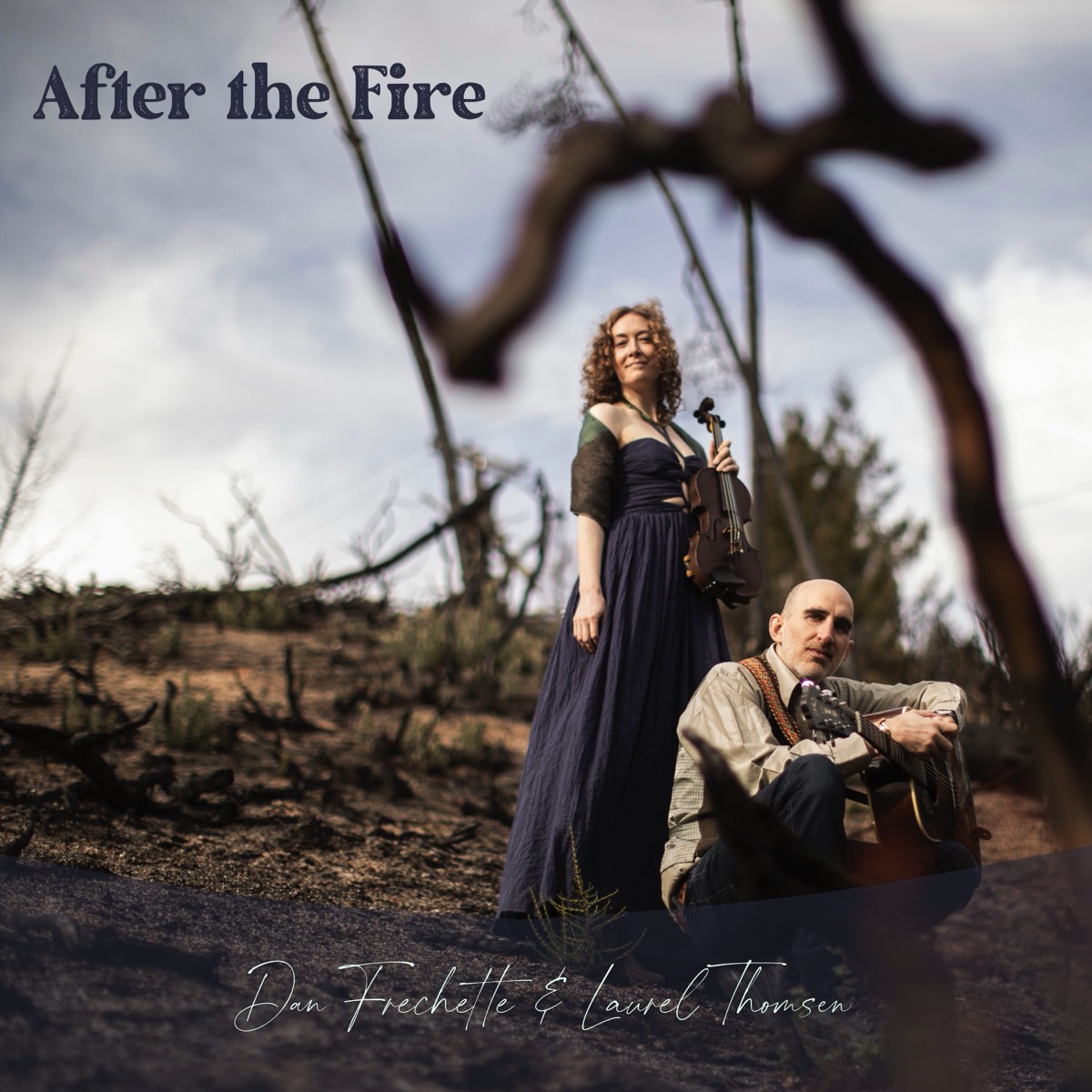The age old story goes - you set up your bow hold, perfectly, just as your teacher showed you, but as soon as you start playing, the pinkie finger stiffens, or worse a joint fails and it buckles. Your tone starts to suffer. Your hold feels tense, and the tension starts to travel up into your arm as the sounds you’re making get squeakier. The bow starts sliding all over the strings leading to even more terrible tones. What’s going on!?
While a stiff pinkie finger in the bow hold is not the cause of all our bowing and tone problems, it can be a common culprit. The pinkie is smaller and tends to be less developed and robust than the other fingers, yet, it has an important job in our bow hold - to balance the bow weight any time the bow is not on the string and when the bow is played near the frog. Also, although the pinkie isn’t personally responsible for finger flexibility, it needs to work in tandem with the other fingers. When stiff, the pinkie is responsible for the tension which stops our “shock absorbers” (fingers) from doing their job of smoothing out the motions coming from bigger muscles and joints further up the arm. As a result, our bow strokes and changes are less refined and this leads to choppier and squeakier sounds.
Whether in the lessons studio, by email, or when watching youth and amateur adult orchestras, I’ve often confronted the dreaded stiff or buckling pinkie. For most, it’s a relatively quick fix, so I wonder why it perpetuates in so many people’s playing and hope to shed some light on how to overcome this hurdle. Of course, there is the odd case which seems to defy all logic and troubleshooting, but I’ll wage that for at least 95% of students, follow these tips and with some practice and mindfulness, you can put your pinkie issues behind you.
For many, there is a lot of room to move the other three fingers over the frog! I see many players barely past the joints nearest the nail for these fingers. Putting the poor pinkie at a disadvantage aside, this also creates the need for extreme wrist bending to play near the tip of the bow, and it angles the elbow and wrist joints so they have to bend a bit more side to side rather than simply swinging natural, like the free hinges they should be set up for. Only the pinkie should rest, on it’s tip, on top of the stick. (On that note, it should actually rest a bit to the inside edge of the bow stick, closer to the palm, a trick that alleviates the slipping pinkie which can be another cause of stiffness and tension. If the slipping factor continues to be an issue, buying a bow hold “fish” from Things 4 Strings, creating a “pinkie house,” or using a corn remover doughnut pad can be a remedial fix.)
I'll have a student move the index and two middle fingers further over the frog, so that the place where they contact the top of the stick is more squarely between the two finger joints. Much of the time this solves our stiff pinkie problem! A lot of pinkie issues are created simply because the ring finger is too far near the finger tip and the pinkie literally can barely reach the stick (see Image 1 below). In trying to reach, it stiffens and is constantly tense, causing these small joints to buckle when they are weak. From this setup, a student can rest into her knuckles more, and the back of her hand will rotate slightly more inward, ready for easy, natural joint movements and smooth bow strokes.
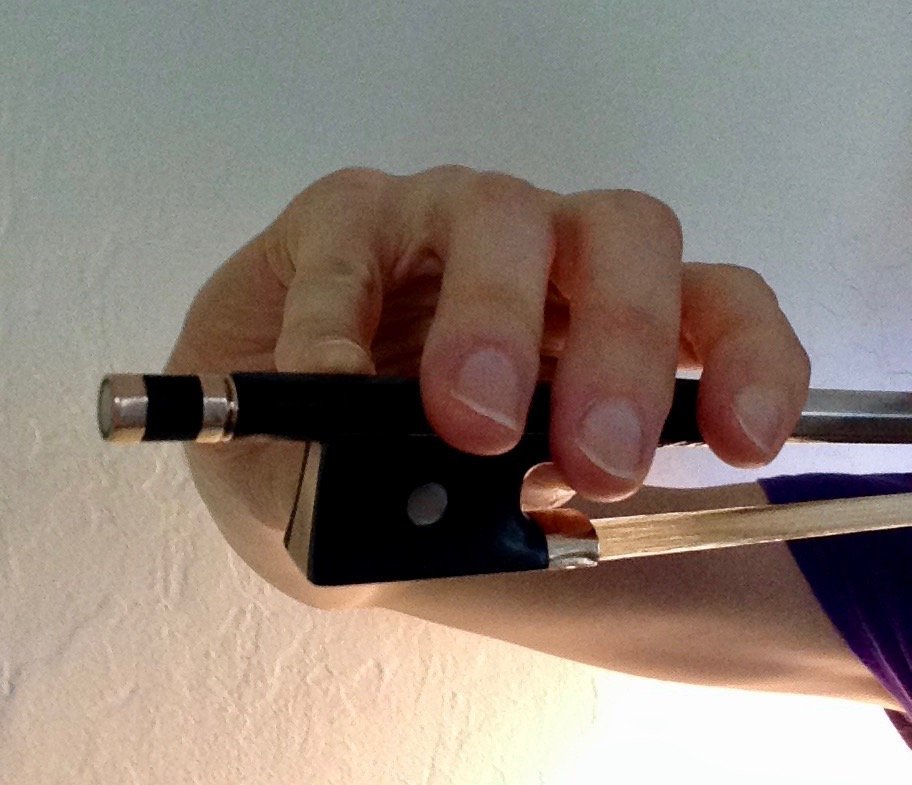
Image 1: Not good!
Once the pinkie has more room to bend (see Image 2 below), it will hopefully be out of the zone where it will automatically buckle, though it may also have some inherent weakness that could use more focused exercises.
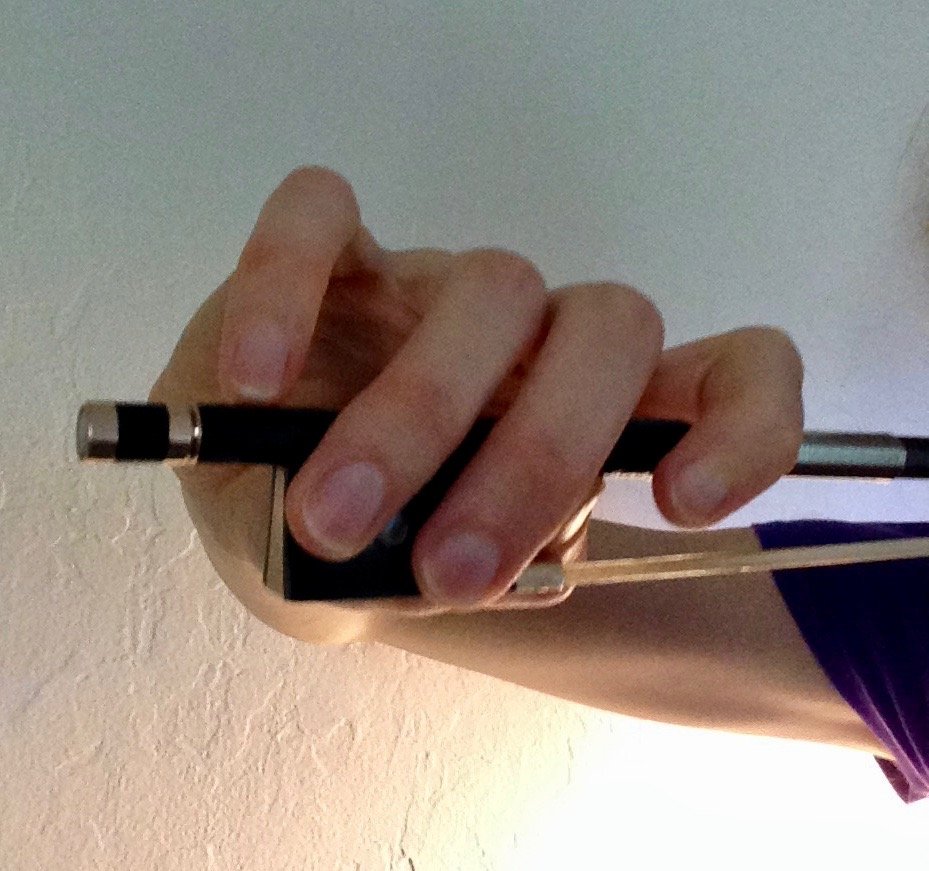
Image 2: Much better!
Isometic (not moving, just activating) finger squeezes on a table top with "piano fingers" posture can help strengthen the weak joints (see Image 3 below). Also, once the pinkie is in a curved and strong posture, the student should practice retakes, lifting the bow several times an inch or two off the string using the pinkie, etc. but only as long as the pinkie will stay curved.
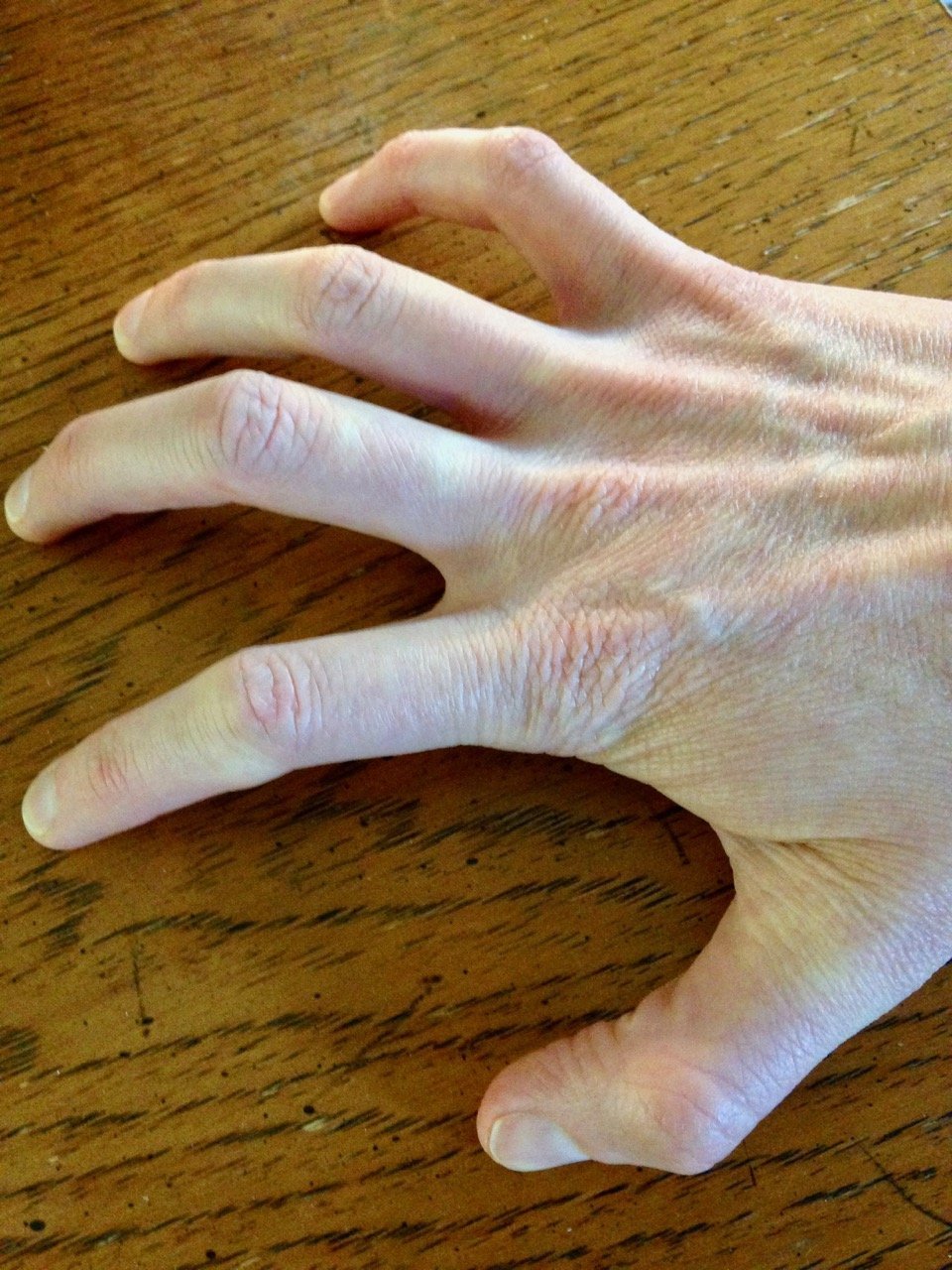
Image 3: Claw for strength!
Students also doesn't need to reach their pinkies so far away from their ring fingers. I see many students coming in with pinkies stretched nearly to the screw! We should instead consider, what is the spread of her fingers when she hangs her hand loosely from the wrist? Depending on her anatomy, the natural spread of the bow hold fingers may make it look like the pinkie is hardly spaced from the ring finger for some people, more for others, yet in both cases, if we are sensitive to the job of the pinkie we can find the same function and still get just enough weight to provide balance when playing at the frog.
Finally, so often a great bow hold deteriorates in the seconds it takes to set up and take the bow to the string. The simple act of picking the bow up from the case and moving it through the air to the string creates a lot of tension, especially as mentioned before, in the pinkie which supports the bow weight whenever the it’s not held vertically or resting on the string. If this tension is sustained as we draw our first strokes it creates our stiff finger issues. From there, many if not all of our tone issues arise.
One of the most important actions I teach my beginning students, and even advanced students dealing with tone issues, is the habit of allowing the violin to hold up the bow (with the aide of the thumb “shelf”) as soon as the bow reaches the string. This creates a healthy foundation for freedom in our playing, flexible fingers, and the ability to use natural arm weight rather than finger force for our basic bow pressure.
The bow hold often fails to make this transition - naturally tensing up to support the bow as it moves through the air but then continuing to feel tense and hold the bow up when it meets the string. The hand and fingers need to let the bow rest on the strings. Feel the weight of the bow. Feel the weight of the hand and arm through the bow. For a test, set the bow at the tip on a low string. The four top fingers should be able lift completely off the stick, proving that it’s only the thumb tip and violin string which support the bow. All the other fingers are light and free.
